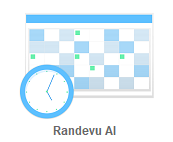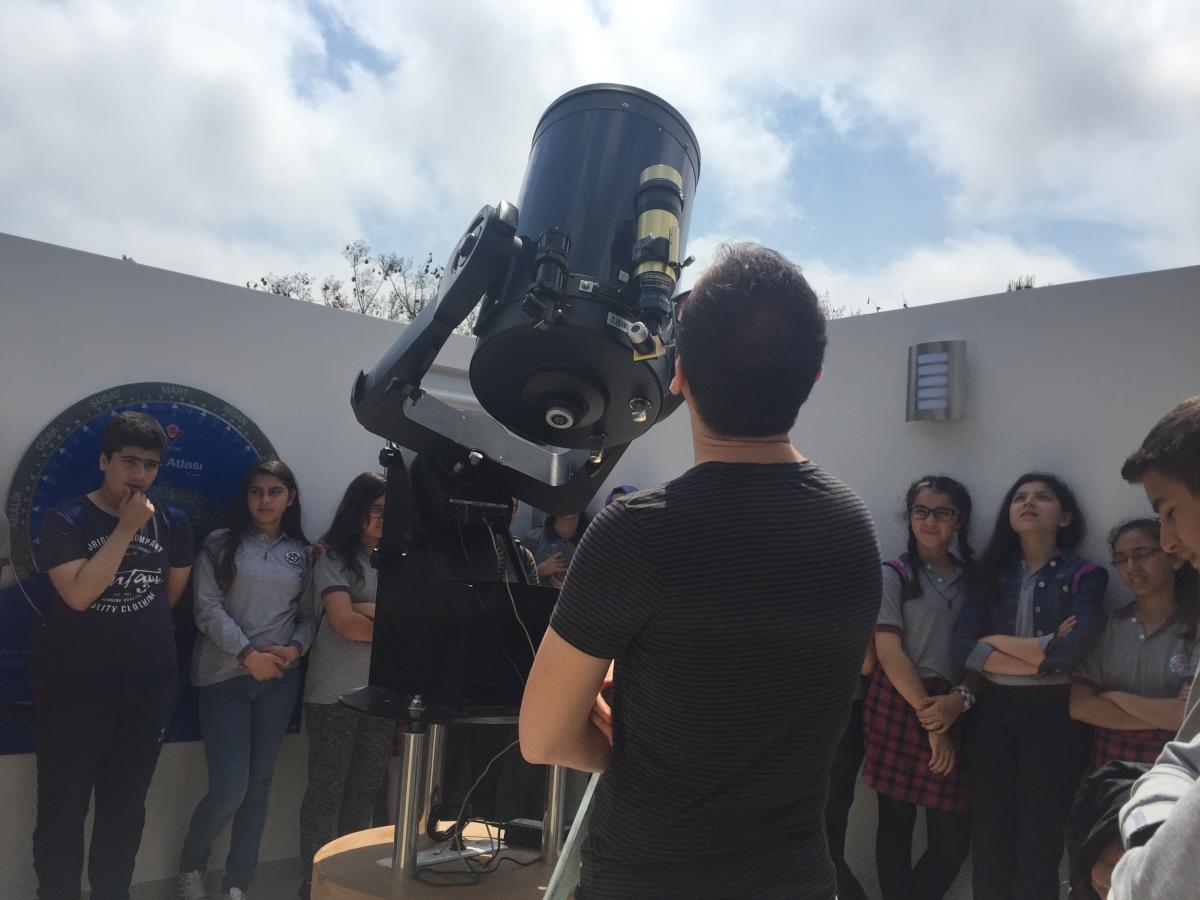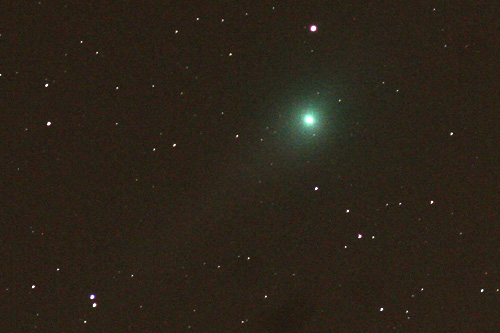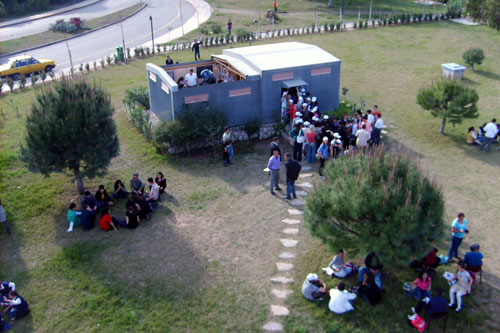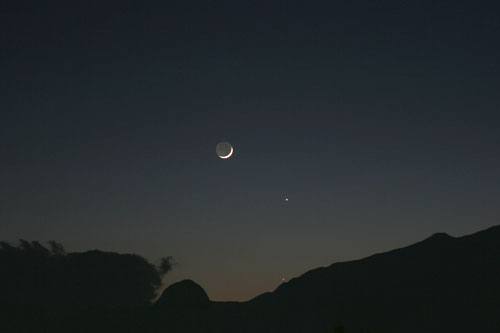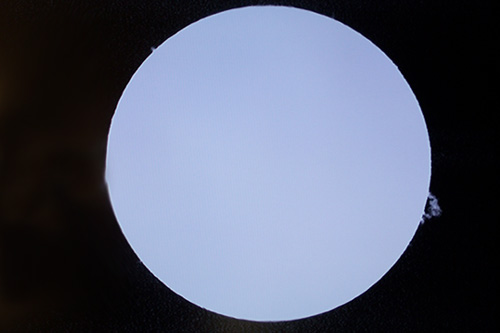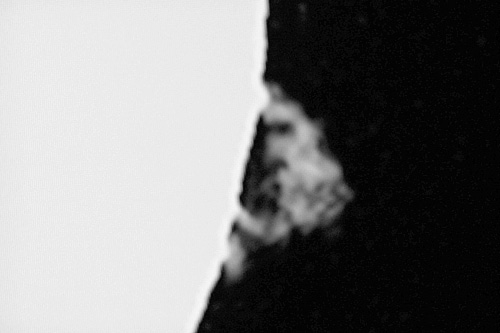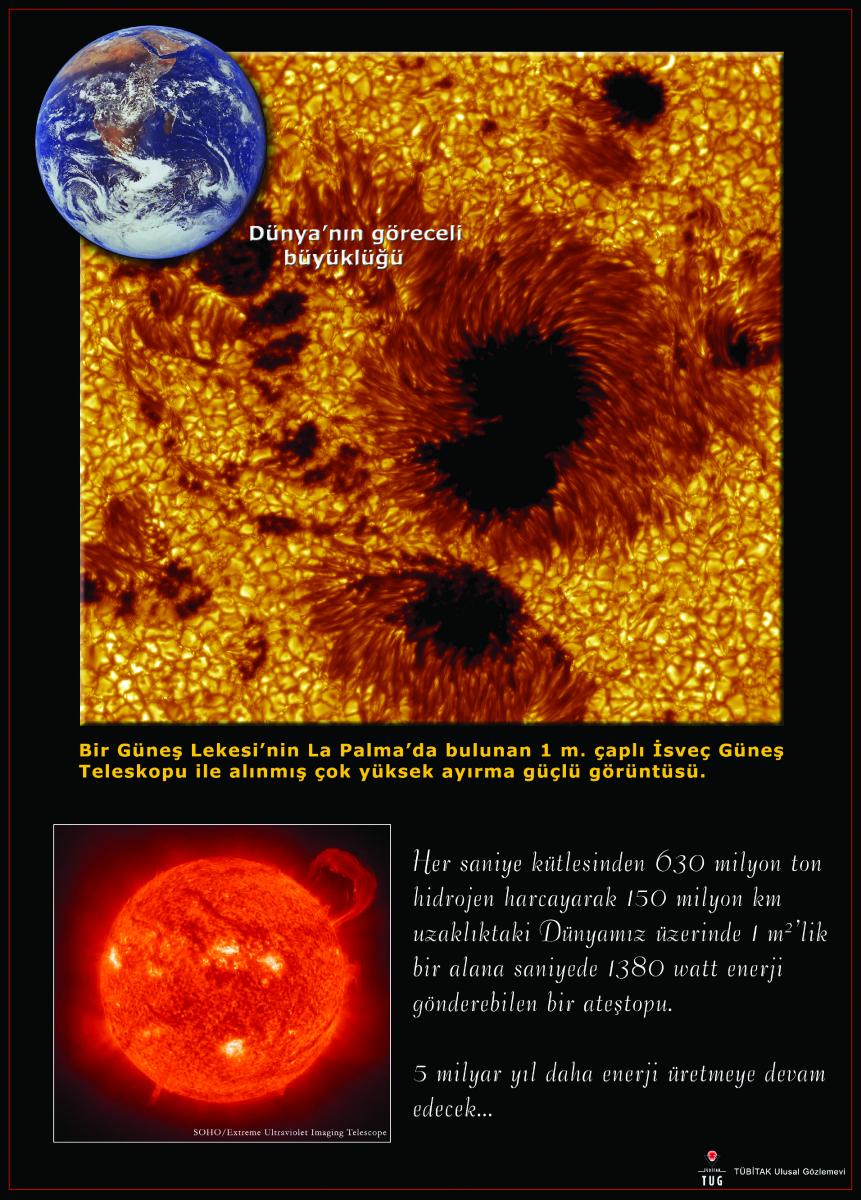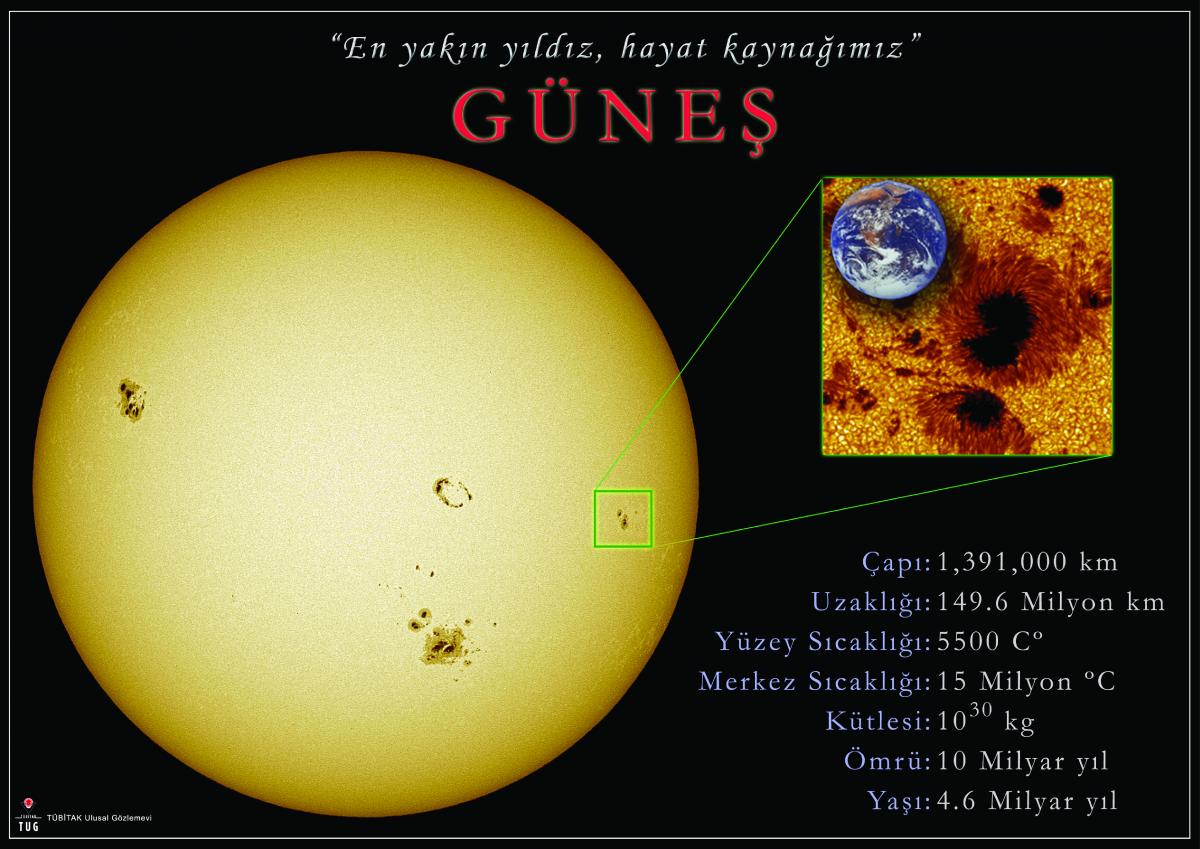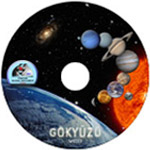Science and Community Center (BITOM)
Have you ever seen a real telescope?
Have you ever look at the moon through it?
If so, when was the last time you set your eyes on a star cluster using a telescope?
Have you ever seen a sunspot?
Do you ever have any questions crossing your mind when you read astronomical magazines or newspapers?
Now that you are able to do all of these, your questions are possible to find answers. It is also accompanied by experts.
Although today's people can use various communication devices in order to get information about many things, these efforts usually don’t happen to be as efficient as meeting experts in person and learning in a scientific research environment. When it comes to Astronomy people wish to see and touch a real telescope and look at the objects in the sky with it. Most of the time, many observatories like TÜBİTAK National Observatory (TUG) cannot offer this chance to the public, because they use advanced telescopes which are not suitable for naked-eye observations. For these reasons TUG laid the foundations of Science and Community Center (BITOM) and opened it to visitors in 2009, the International Year of Astronomy. Situated next to the TUG administration building on Akdeniz University Campus, BITOM operates in full capacity with its 35-cm-diameter full automatic telescope and visual presentations for astronomy enthusiasts since January 1st 2009. When the weather is pleasant and clear enough, craters on the lunar surface, planets like Venus, Mars, Jupiter, Saturn and their moons, bright nebulae outside our solar system, stellar clusters, galaxies and astronomical events such as solar and lunar eclipses, transits, close passes of asteroids will be available for observations with the telescope. Visitors will also be able to interact with visual material (DVDs, VCDs) and ask their questions to experts so that they can get the right information about astronomy.
Follow our special events via social media accounts of TUG
IMAGES FROM BITOM
|
During an activity in BITOM |
During an activity in BITOM |
|
During an activity in BITOM |
During an activity in BITOM |
|
Orion (M42) Nebula |
Andromeda (M31) |
|
Lulin Comet |
Moon |
|
Full Lunar Eclipse |
Yuri Night Activity |
|
Solar Chromosphere |
Moon, Jupiter and Mercury |
|
Mass ejection from Sun |
A large prominence at the Sun |
Telescope T35 in BITOM
|
Model:
|
Meade LX200GPS
|
|
Optical Design:
|
Schmidt-Cassegrain
|
|
Mirror Diameter:
|
350,9 mm
|
|
Focus Length:
|
3509 mm
|
|
Focal Ratio:
|
f/10
|
|
Angular Resolution:
|
0.32"
|
|
Plate Scale:
|
58"/mm
|
|
Solar Telescope:
|
Coronado SolarMax 60 H-alpha binoculars
|
|
Finder-I:
|
Meade 8x50 binoculars
|
|
Finder-II:
|
Celestron 8x50 binoculars (For solar projection)
|
Transit of Mercury on May 9, 2016
On May 9, 2016, Mercury, the closest planet to the Sun, passed in front of the solar disk. This rare phenomenon, which occurred before, on November 8th, 2006, started to reveal itself at around 2:25 pm local time in our country. TUG set up two portable stations in both BITOM and Expo 2016 areas for this fascinating event which, unfortunately, could not be observed in its final moments because of the sunset. The visitors who were there at the Expo, had the chance to observe with telescopes through special filters and watch this captivating event on big screens via cameras attached to the telescopes in the field. This event of an inner planet passing across (i.e. transit) the solar disk actually can be thought as some kind of an eclipse. However, due to the fact the angular diameters of Mercury and Venus are too small compared to the Moon’s, which can completely cover up the solar disk, the decrease in sunlight that reaches the Earth is imperceptible. Mercury transits the Sun 13 times on average in a century. In 2016 transit, Mercury was 83.6 million kilometers away from us. The next Mercury transit is expected to happen on November 11, 2019.
Images from TUG Activities
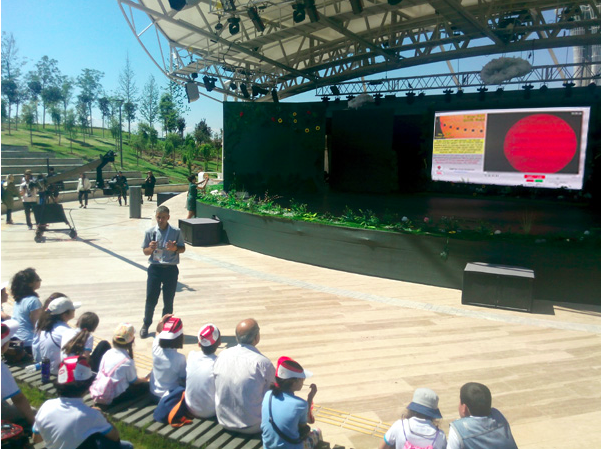




Astronomy Materials
Posters
|
|
|
|
Books, Booklets
Astronomy Calender of Celestial Events
2022 Astronomy Calender of Celestial Events (PDF, 11 MB)
2021 Astronomy Calender of Celestial Events (PDF, 13 MB)
2020 Astronomy Calender of Celestial Events (PDF, 18 MB)
2019 Astronomy Calender of Celestial Events (PDF, 25 MB)
2018 Astronomy Calender of Celestial Events (PDF, 21MB)
2017 Astronomy Calender of Celestial Events (PDF, 8 MB)
2016 Astronomy Calender of Celestial Events (PDF, 22.7 MB)
2015 Astronomy Calender of Celestial Events (PDF, 15.8 MB)
2014 Astronomy Calender of Celestial Events (PDF, 11.8 MB)
2013 Astronomy Calender of Celestial Events (PDF, 6.5 MB)
2013 Astronomy Calender of Celestial Events (PDF, 0.3 MB)
2012 Astronomy Calender of Celestial Events (PDF, 15 MB)
2011 Astronomy Calender of Celestial Events (PDF, 7 MB)
2010 Astronomy Calender of Celestial Events (PDF, 2.4 MB)
2009 Astronomy Calender of Celestial Events (PDF, 2 MB)
2008 Astronomy Calender of Celestial Events (PDF, 2 MB)
2007 Astronomy Calender of Celestial Events (PDF, 2 MB)
2006 Astronomy Calender of Celestial Events (PDF, 2 MB)
2004 Astronomy Calender of Celestial Events (PDF, 2 MB)
2003 Astronomy Calender of Celestial Events (PDF, 126MB)
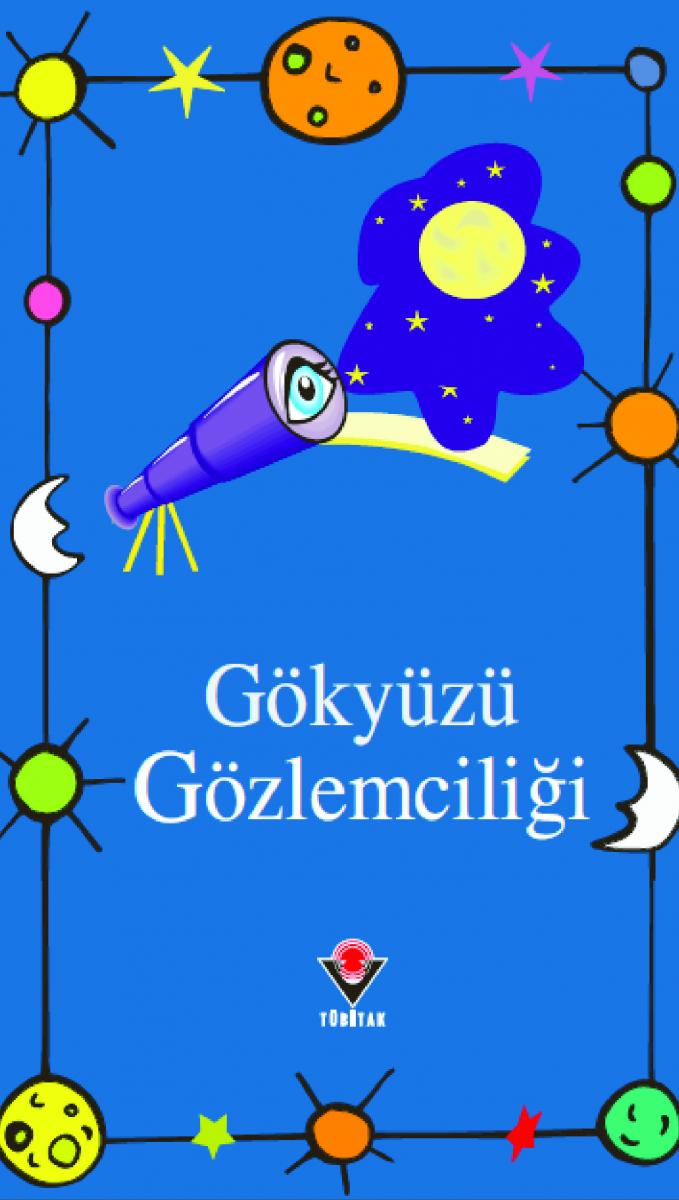
Observing the Skies (PDF, 5 MB)
Videos
|
|
|
Contact Us
Assistant Specialist, Sıla Eryılmaz Kılıç
Akdeniz University Campus, 07058, Antalya
You may send your inquiries about TUG to the following e-mail address: tug.bilgi@tubitak.gov.tr



